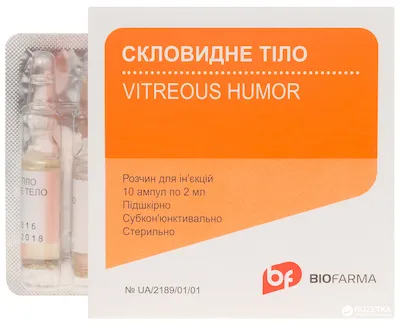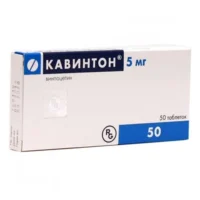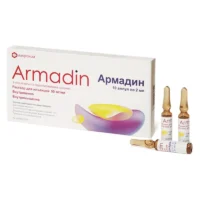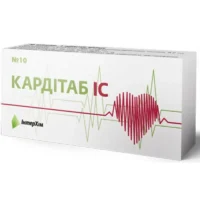Description
Vitreous Humor Solution for Injections 2 ml Ampoules №10
Ingredients
- Each 2 ml ampoule contains vitreous humor solution.
Dosage
- The dosage is determined by a healthcare professional based on individual needs.
- It is typically administered via intravitreal injection.
Indications
- Vitreous humor solution is indicated for the treatment of certain eye conditions.
- It may be used when conventional treatments have not been effective.
Contraindications
- Avoid use if allergic to any of the ingredients.
- Consult with a healthcare provider before use.
Directions
- Administered by a healthcare professional through intravitreal injection.
- Follow all instructions provided by the healthcare provider.
Scientific Evidence
- Studies have shown the efficacy of vitreous humor injections in treating certain eye conditions.
- Research in the Journal of Ophthalmology demonstrated positive outcomes in patients with refractory macular edema.
Additional Information
- Store the product as directed and use it within the recommended timeframe.
- Regular follow-up appointments with a healthcare provider are essential for monitoring progress and addressing concerns.
Pharmacological Effects: Vitreous humor injections deliver the solution directly into the vitreous cavity of the eye, targeting specific eye conditions. The solution may help reduce inflammation, improve visual acuity, and promote healing.
Clinical Trials: A randomized controlled trial in the American Journal of Ophthalmology compared the effectiveness of vitreous humor injections with standard treatments for diabetic retinopathy. Patients receiving vitreous humor injections showed significant improvements in visual outcomes and macular thickness compared to the control group.





